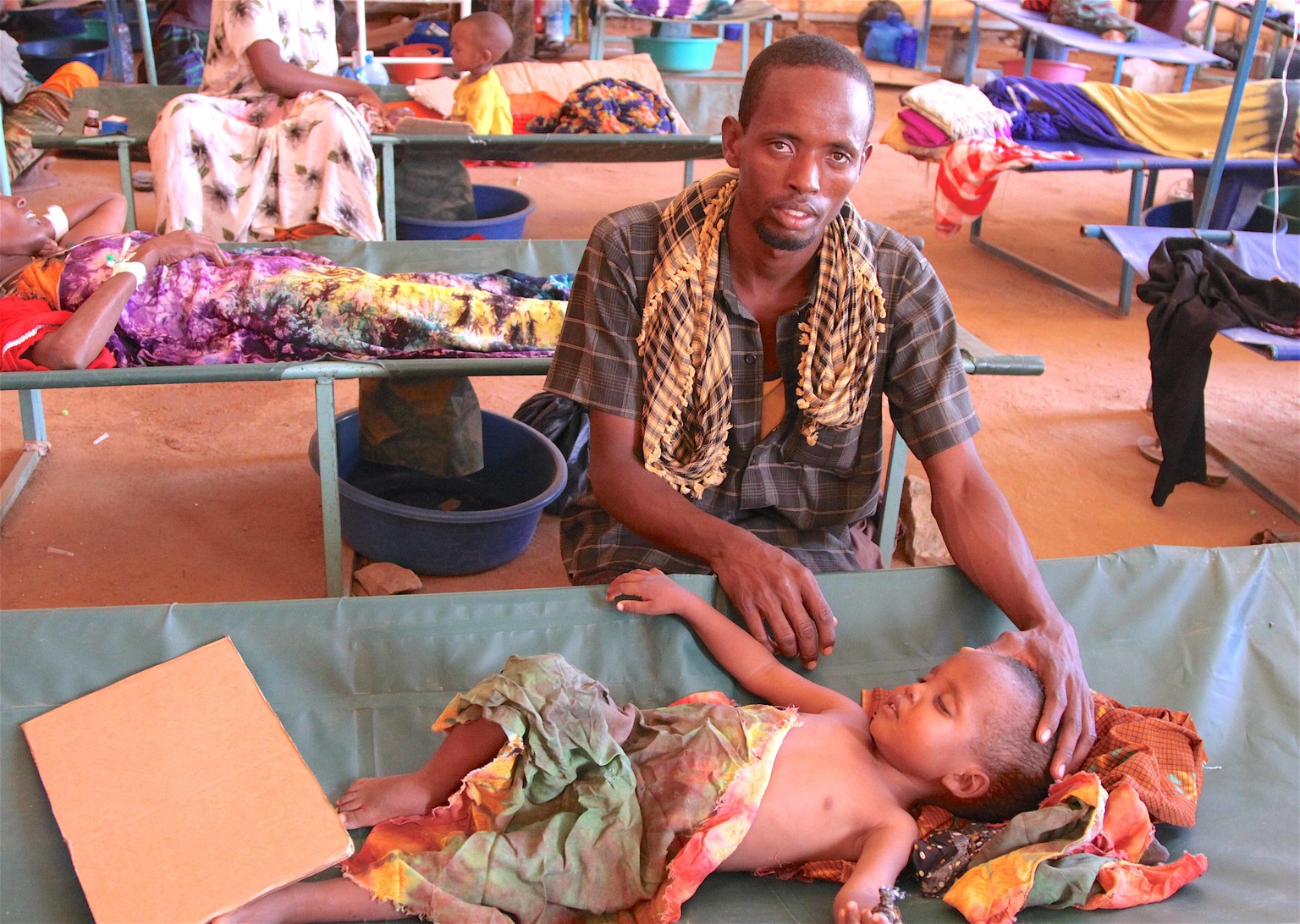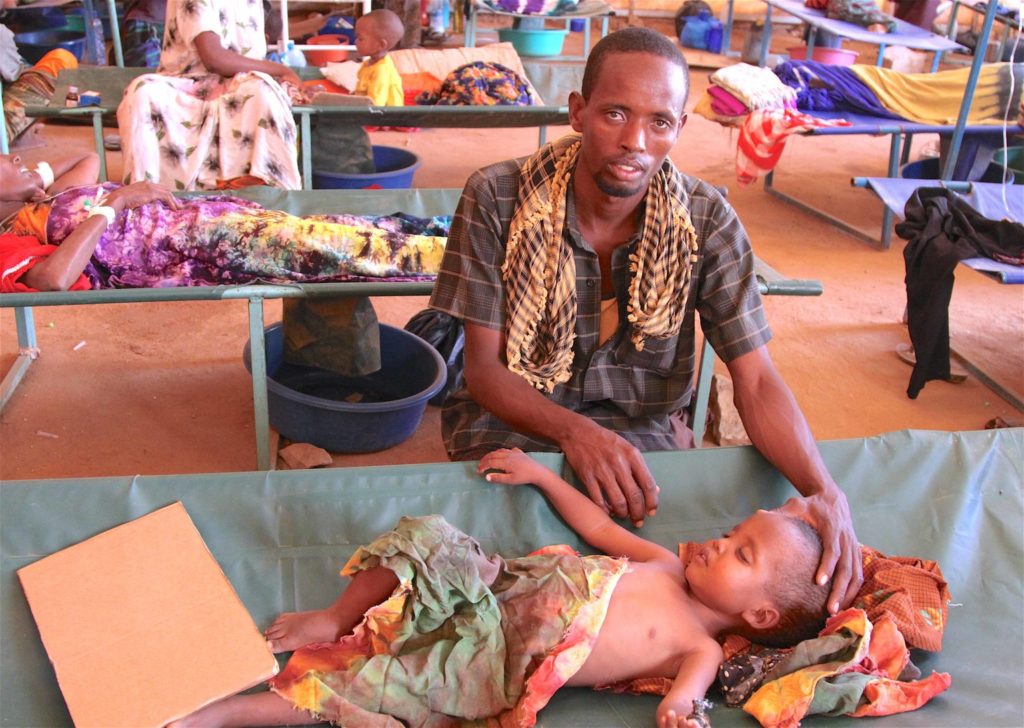Children most affected by drought as over a million risk death in Somalia-UNICEF


Nearly 1.4 million children are at the risk of death in Somalia and more than 5 million others are facing starvation in South Sudan, Yemen and north-eastern region of Nigeria, the UN children’s agency UNICEF has warned calling for scaled up efforts to avert the crisis.
The UN body said Wednesday unless urgent action is taken, millions of children from these countries risk death or could develop life-long health challenges.
“Children are paying a disproportionate price as famine looms across Somalia, South Sudan, north-east Nigeria and Yemen. Nearly 1.4 million children face imminent risk of death, and more than five million children face malnourishment this year,” said Justin Forsyth, UNICEF Deputy Executive Director in his address to the US Senate.
Forsyth added, “Unless we sustain and further scale up our collective efforts, there is the risk that many more millions of children will die of hunger or be permanently stunted. And the longer these crises go on, the greater the risk of new emergencies within these emergencies – like the cholera outbreak in Yemen.”
In its annual report –Humanitarian Action Study, UNICEF estimates, in Somalia ‘the projected number of children who are or will be acutely malnourished is 1.4 million – including 275,000 who have or will suffer from severe acute malnutrition. Yemen which is currently engulfed in a two year conflict has seen 1.8 million children threatened with acute malnutrition, 385,000 of them with severe acute malnutrition.
Somalia which relies heavily on livestock has lost several of them to the drought further pushing millions into the brink of starvation. The UN announced early this year as many as half of the population (6.5 million) people were food insecure even as the government and humanitarian agencies battled to stem a resurgence of the 2011 scenario which saw over a quarter a million people succumb to the famine.
“In Somalia, prolonged drought has led to the largest outbreak of cholera in the last five years, with more than 53,000 cases of suspected cholera – close to half of them children under five – and 795 deaths,” UNICEF said.
South Sudan is experiencing a protracted, widespread cholera outbreak, with nearly 7,000 cases reported this year, the highest since 2014. Malnutrition is compounded by the increasing threat of water borne diseases. Cholera has become a deadly factor in each of the four countries, and our response to this threat is increasingly critical to saving many thousands of children’s lives.”
Forsyth said UNICEF acted swiftly to avert a adverse effects of the famine in the countries mentioned but noted funding gaps still posed a significant challenge.
““On the upside, the humanitarian system responded early to the threat of famine. In each country, UNICEF and humanitarian partners were already on the ground delivering before the full-scale threat of famine developed. Our situational awareness was good.
“Overall, and despite the fast and generous initial response of donors, the humanitarian response to this famine crisis is funded at approximately only 40 per cent, with a gap of around $3.82 billion for 2017.”